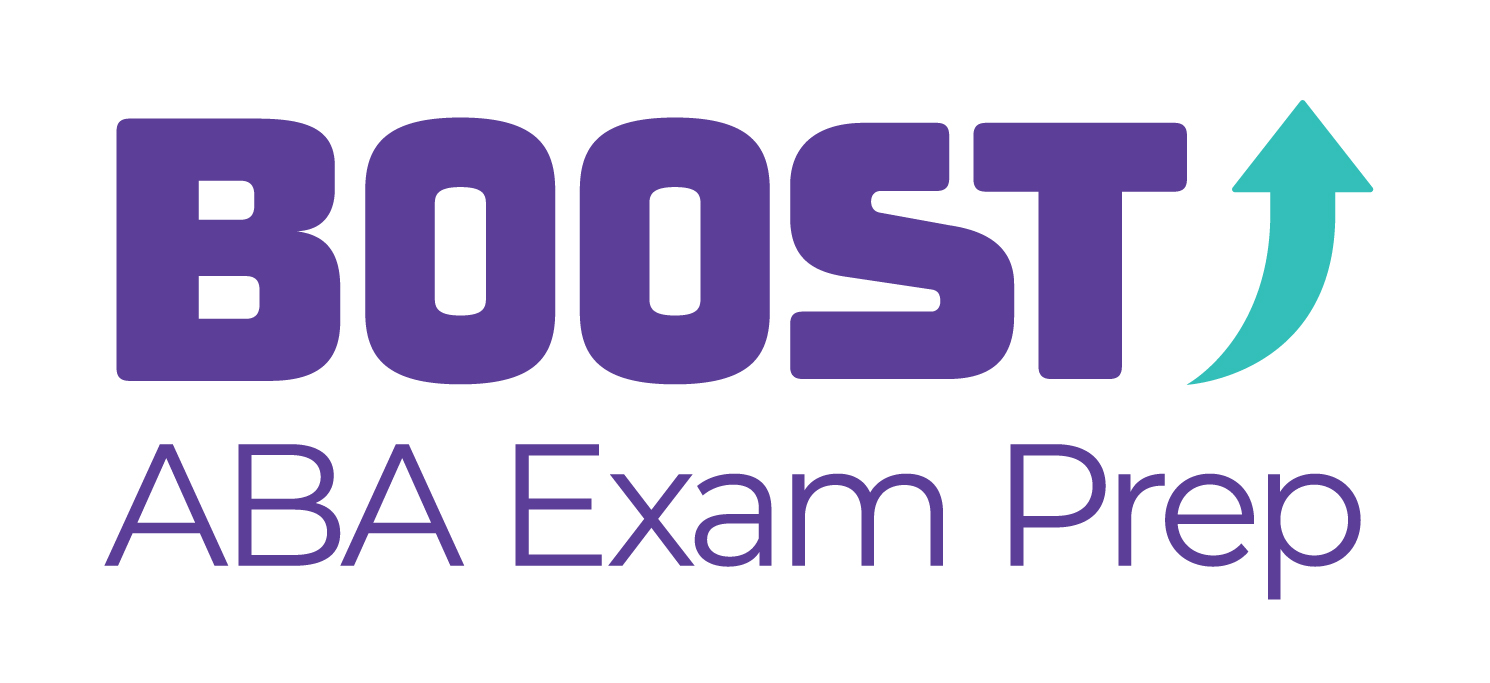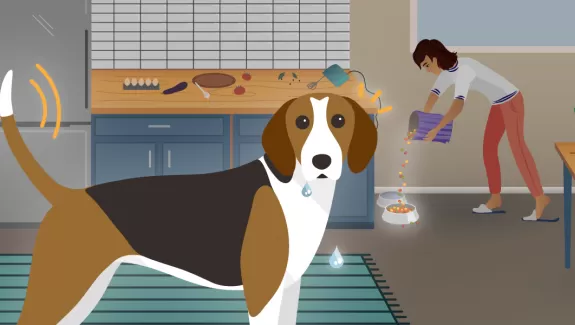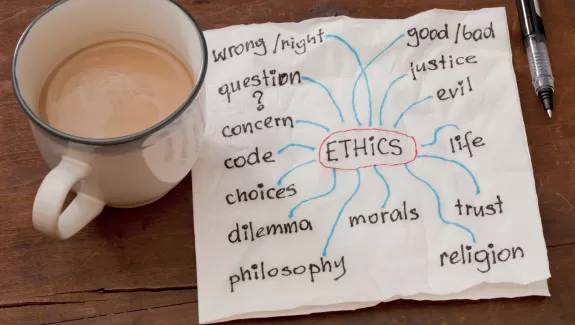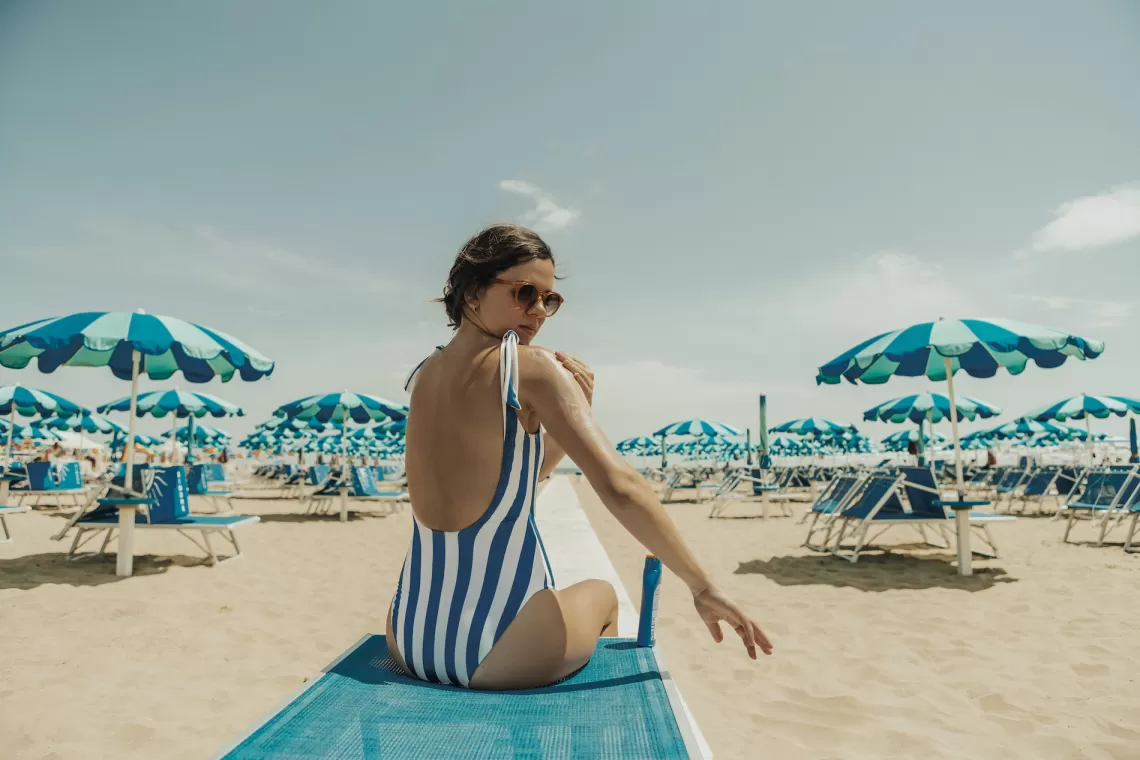
The Sun is Bright, and Sunscreen is Sticky: An Analysis of an Avoidance Scenario
As behavior analysts, we constantly try to determine why people do what they do. Often this is in a clinical context. Why does Johnny tantrum? Why does Jane flop during transitions? Other times we try to analyze scenarios as a brain exercise, conceptual analysis for fun, or for those preparing for certification to dissect practice questions. Recently a student posed a question to behavior analyst and expert instructor Tom Freeman. Since we live in sunny Florida and summer is coming, this seems a good opportunity to analyze sunscreen-applying behavior. What maintains applying that sticky, white, and expensive goo? What type of reinforcement is involved? The following is a behavioral analysis of sunscreen-applying behavior.
Tom Freeman, Avoidance Analysis
First, let me say that avoidance paradigms are always more complex than they initially appear. They can get quite sticky! Do you put on a coat before you go out in the snow because it results in increased warmth now? Or do you put on a coat before going out in the snow because you thereby avoid (or at least mitigate) the cold? Well, if you are already cold, putting on the coat can provide warmth, yes — so the cold you feel is an antecedent aversive that is terminated by “putting on coat” behavior. But if you’re not cold yet, “putting on a coat” behavior can avoid the feeling of cold later. The EO, therefore, relates either to escaping cold NOW or avoiding cold LATER (when you go outside). Thus, putting on a coat is best conceptualized within a negative reinforcement paradigm in most circumstances.
A key to any analysis always starts with identifying the SPECIFIC target behavior in question. (Of course, you always start first with identifying WHO is the behaver).
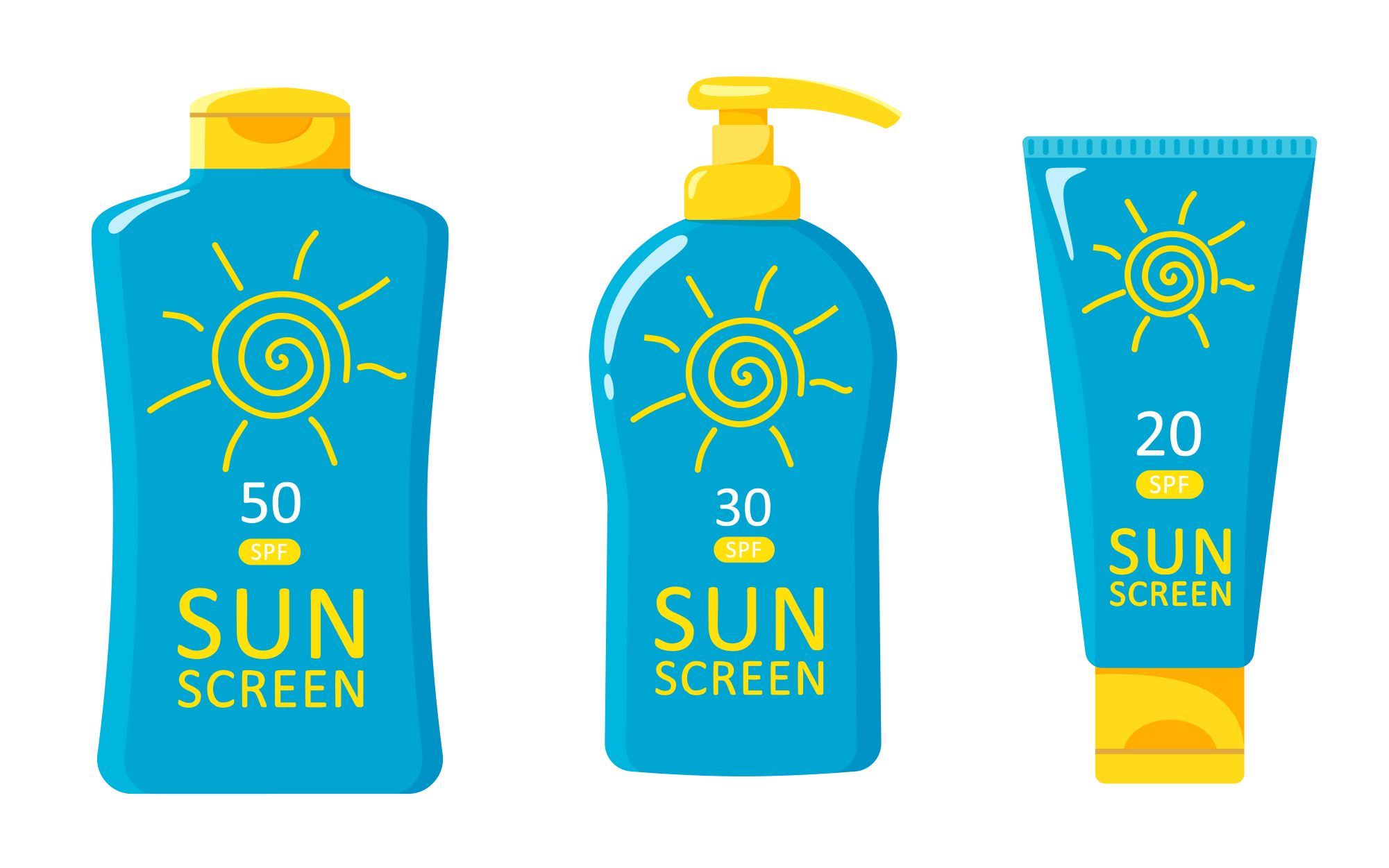 If the target behavior is "seeking sunscreen," then whether you find some yourself or someone gives you some, the sunscreen functions as a positive reinforcer for "seeking sunscreen" behavior. Maybe you are in a store looking for sunscreen for vacation! The avoidance of sunburn is not, at that moment, the EO in play. But what IS the EO at that point — what stimulus has an increased value as a consequence? The bottle of sunscreen itself! Obtaining the tangible object (bottle of sunscreen) reinforces your "seeking that object" (sunscreen) behavior.
If the target behavior is "seeking sunscreen," then whether you find some yourself or someone gives you some, the sunscreen functions as a positive reinforcer for "seeking sunscreen" behavior. Maybe you are in a store looking for sunscreen for vacation! The avoidance of sunburn is not, at that moment, the EO in play. But what IS the EO at that point — what stimulus has an increased value as a consequence? The bottle of sunscreen itself! Obtaining the tangible object (bottle of sunscreen) reinforces your "seeking that object" (sunscreen) behavior.
But what if the target behavior is "applying sunscreen to your skin"? What is the EO? Is it the sensation you experience by applying sunscreen? Is it that the sunscreen feels so good when you put it on? Maybe — for a few of us — but for most people, no. People apply sunscreen to prevent (i.e., avoid) future pain from sunburn. What signals that pain is likely to occur? The presence of the direct summer sun on your skin. (Also, the heat you feel from the direct summer sun can function as an even stronger signal of the upcoming onset of pain on exposed, unprotected skin; but if it's cloudy, you don’t feel that heat, so you may be more likely to forget to apply sunscreen; thus the solar heat is an added warning stimulus and helps evoke “applying sunscreen”).
Let us look at it again: What is the Sd, and what is the EO that combine to evoke the "applying sunscreen" response? The Sd is the bottle of sunscreen — it is correlated with the past availability of sunscreen. It does NOT make the consequential stimulus condition of "sunscreen on your skin" more valuable, right? If it did, you might even put on sunscreen at night! So, what other condition combines with the Sd to evoke you "applying sunscreen" (i.e., other than the fact that it is available)? Isn't it the threat stimulus (summer sun) correlated with the onset of pain from a sunburn? The threat establishes the value of the PROTECTION stimulus condition that results from “applying sunscreen” – the threat establishes the effectiveness of protection as a reinforcer. Even if you are inside, the weather report and even the calendar date can function as a threat condition (e.g., where I grew up in NY, we never used to put on sunscreen when we went to the beach in winter because there was no threat of upcoming pain due to solar exposure, so the value of protection from sunburn was abolished by the calendar date).
So, it's a hot summer day, and you are going to the beach, so you put on sunscreen to avoid sunburn, NOT to obtain the feeling of sunscreen as a consequence. You are avoiding pain via sunscreen, not obtaining a pleasant feeling.

Because it is a hot summer day, this is discriminated avoidance since there is an antecedent threat stimulus. But this leads to what I mean by saying that avoidance can get kind of sticky in deeper analysis. For example, in this scenario, the avoidance behavior does not terminate the warning stimulus, i.e., the summer sun remains in place after ‘applying sunscreen” behavior occurs — but the avoidance of sunburn still maintains the behavior. This is either rule-governed ("if you put on sunscreen, you won’t get a bad burn") or contingency shaped ("in the past when I have put on sunscreen, I did not get my usual sunburn"). But putting on sunscreen does not terminate the summer day. Typically, we think of a discriminated avoidance response terminating the threat stimulus. Not so here. Nonetheless, it is likely discriminated avoidance since there is a threat stimulus, and putting on the sunscreen does delay or prevent the onset of the unconditioned aversive (pain). However, this is a delayed consequence. The sunburn pain may never again be contacted as a consequence for exposing skin to the summer sun if effectively avoided. Avoidance thus relates to a delayed “what does not happen” effect – and thus, discussing avoidance as “reinforcement” gets very sticky indeed.
But that’s a discussion for another day. Back to the scenario, and why you now repeatedly apply sunscreen to your skin throughout the day. Again, this is either rule-governed (according to the directions on the sunscreen bottle) or contingency shaped — most likely that in the past, when you did NOT re-apply sunscreen as directed by the rule, you got a burn. So now, breaking the rule has been punished by pain, so you follow the rule — reapply sunscreen every hour. At that point, reapplying sunscreen may not be strictly definable as discriminated avoidance, but rather has a free-operant or "non-discriminated" avoidance (a bad term) characteristic. The passage of time is the driving factor now. However, the threat stimulus (hot summer day) is still there, and never terminated by the application of sunscreen, so... See what I mean? Sticky. Avoidance is like that.
The point is, when you first put sunscreen on your skin, the EO is about avoiding pain associated with extended exposure to the sun without sunscreen. You have learned by rule or contingencies that (1) exposing your skin to the sun for more than a few minutes without having applied sunscreen first results in sunburn pain, (2) exposing your skin to the sun after applying sunscreen avoids sunburn pain.
The key here is the EO. If the payoff for the behavior is obtaining sunscreen, sunscreen is a POSITIVE reinforcer; if the payoff is preventing sunburn pain, then "applying sunscreen" is NEGATIVELY reinforced through avoidance. Yes, when you apply sunscreen, it is "added" to your environment by being placed on your skin — but that is not what maintains the behavior (unless you love the feel of sunscreen on your skin, in which case you would apply it in all kinds of conditions, unrelated to the sun). But the fact is that the "addition" of sunscreen prevents the onset of the threatened aversive condition — sunburn pain. Thus, the terminal reinforcer for "applying sunscreen" behavior is the avoidance of pain.
Function over topography
As Tom points out, avoidance, like sunscreen, can be sticky. As a result, the analysis of avoidance behavior is rarely straightforward. Remembering that stimuli and behavior cannot be labeled based on their topography is important. To complete our analyses, we must tease stimuli's behavior and function-altering effects apart in each individual situation.
Prepare for the BCBA Exam with BOOST Exam Prep
